Project 28 Grand Duchy of Luxembourg
15 November 16
Posted at 4:48
The Grand Duchy of Luxembourg is the second smallest country by population in the EU. Population is just above half a million (Malta has just under half a million). The capital and the town I visited is Luxembourg City boasting a population of just over 100,000. Luxembourg is one of the founding nations of the EU and has played a central role from the outset. Luxembourg City is home to institutions like the European Court of Justice, European Court of Auditors, Secretariat of the European Parliament, European Investment Bank, European Investment Fund, European Stability Mechanism and so on, I think you probably get the picture.
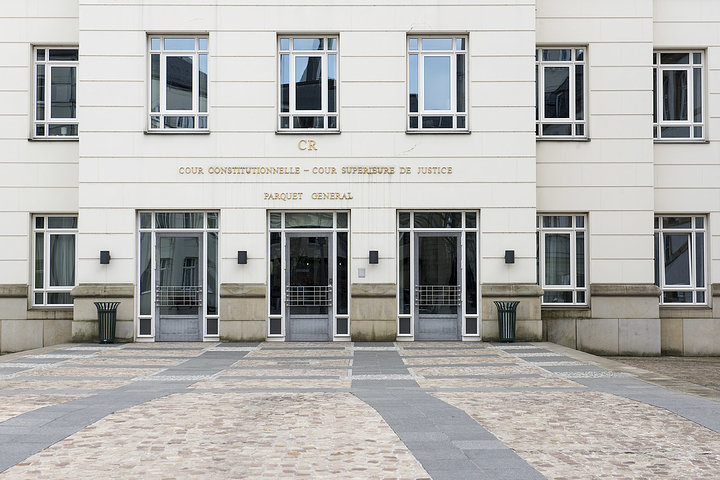
I chose to make a day trip to Luxembourg whilst I was staying in Liege. I only gave myself seven hours to discover and photograph the city, so, excuse the pun, I wonder if that was enough time to give it justice.
My intial impressions after walking from the station was of a nondescript rather dull town. It had the feel of being populated with lawyers, bankers and civil servants. There is also a feeling of money with some massive construction projects underway.
From the viaduct over the Pettruss Valley I spotted the Skatepark Pettruss.
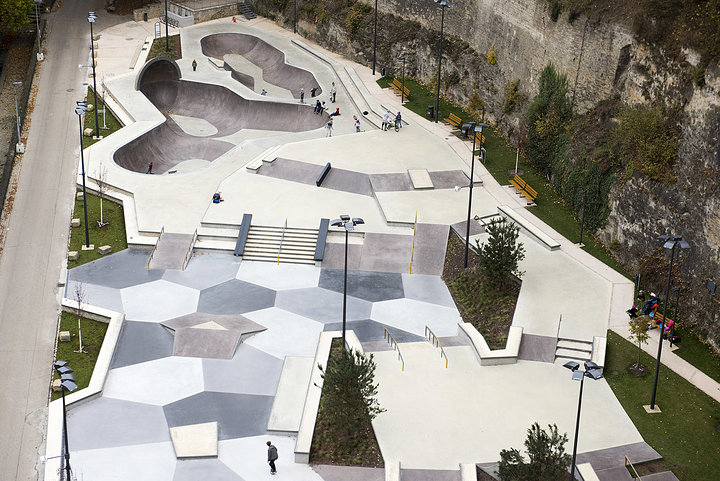
Quite an amazing, and somewhat surprising sight.
I made my way down into the valley to have a closer inspection.
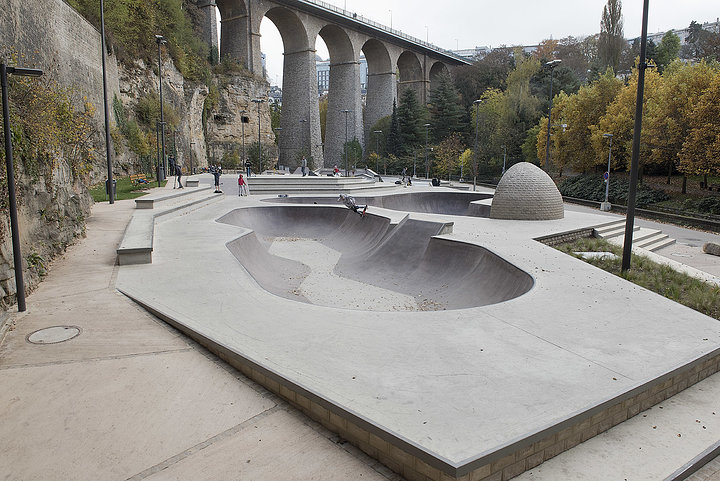
My intial thoughts were what an 'antiseptic' place it was but having found out that the skatepark only opened in July 2016 I guess after just being open for three months it would be pristine. It took twelve years to actually bring the project to fruition at a cost of over 2m €.
Luxembourg is a contrast of the old and the new and as mentioned earlier there is a lot of new construction underway.
Old Luxembourg is centered around a honeycomb of tunnels that for centuries have served as fortification and shelter. Up to 35,000 people sheltered in the Bock Casemates during WW2.
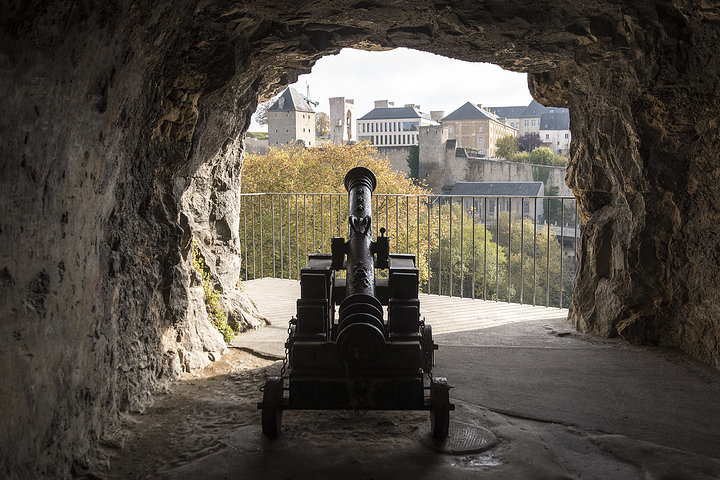
The casemates were initially carved by the Spanish in the 1700s. Today it is an amazing area of tunnels and caves beneath Montee de Clausen.
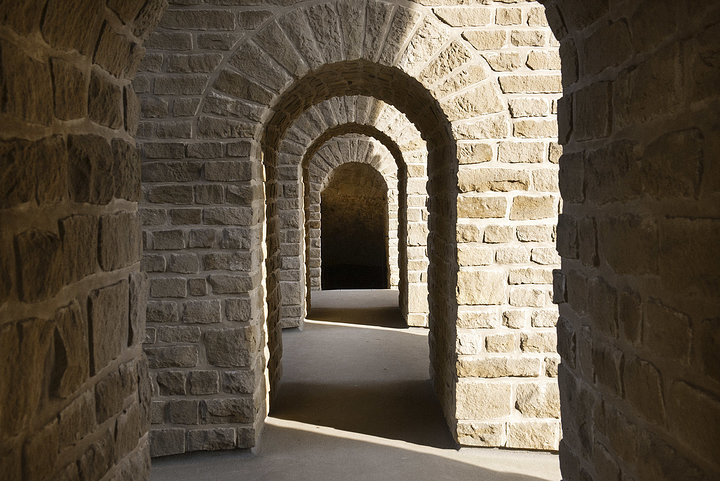
The lady in the tourist office assumed that the Casemates would be what I (and all other tourists) would be there to see. The casemates are well worth the visit as is the surrounding area of Old Luxembourg.
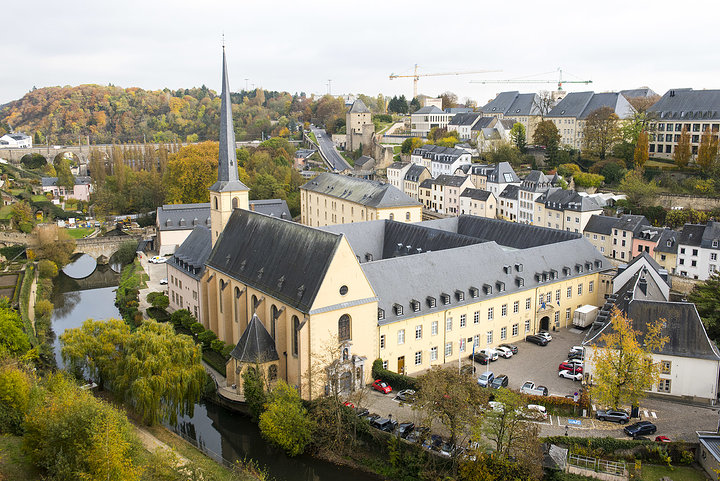
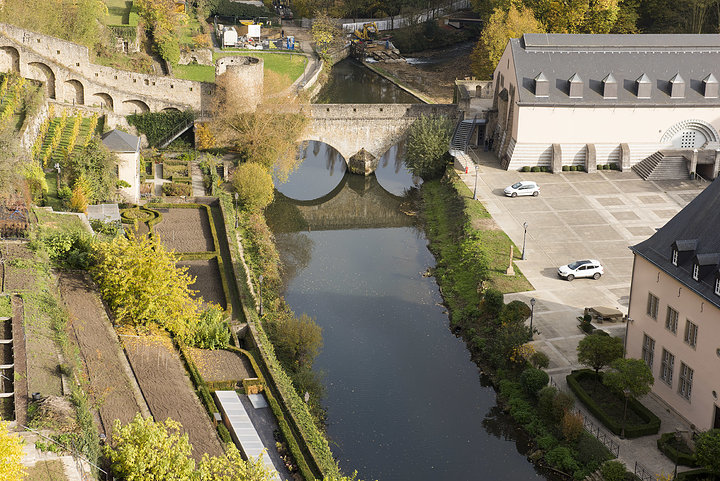
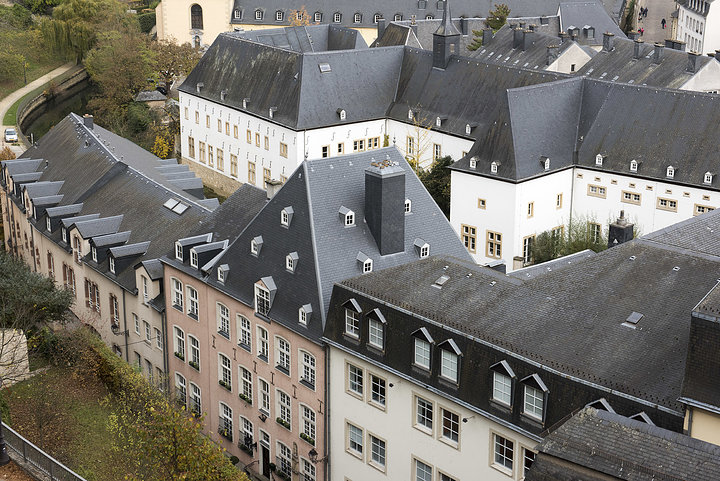
In the end I only spent five hours in the city and took an earlier train back to Liege. I achieved my prime objective of documenting the city for Project 28. As time went by I found the city more interesting than my first impressions
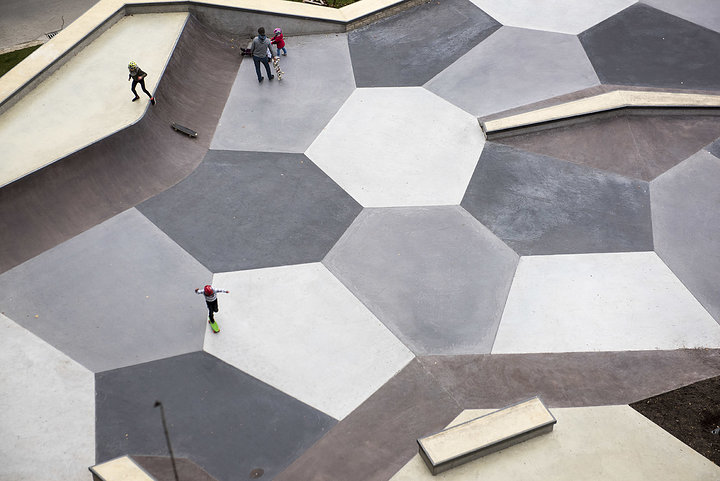
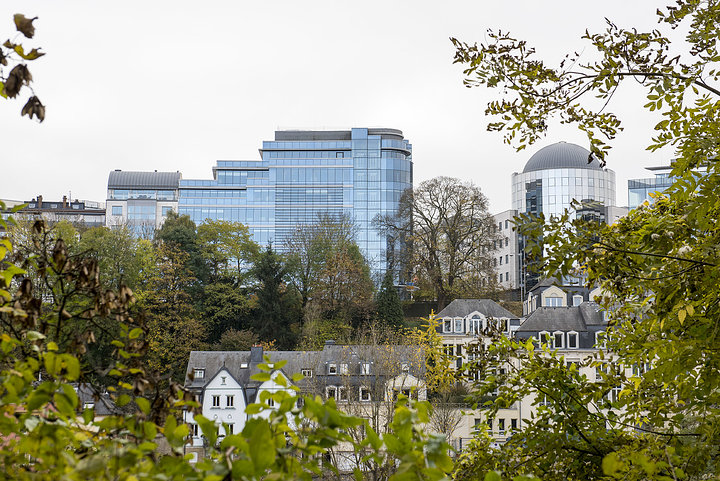
 Gare Des Guillemins
Gare Des Guillemins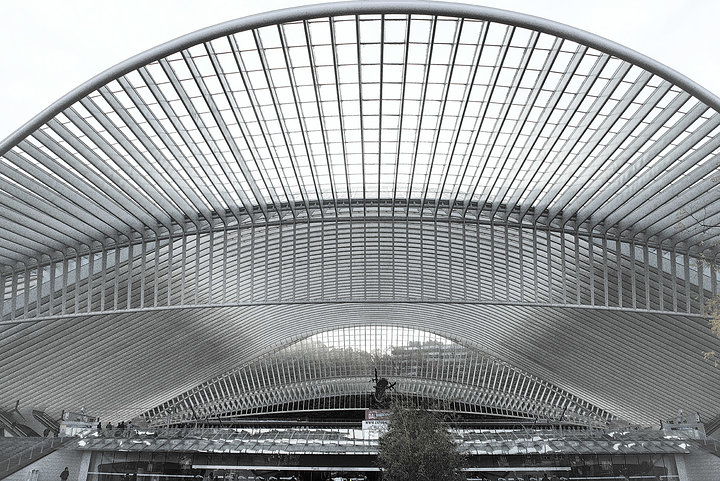
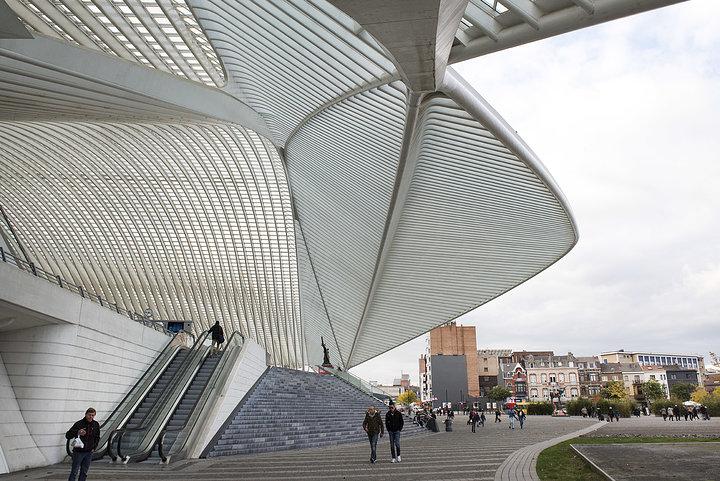
 Paradis Tower
Paradis Tower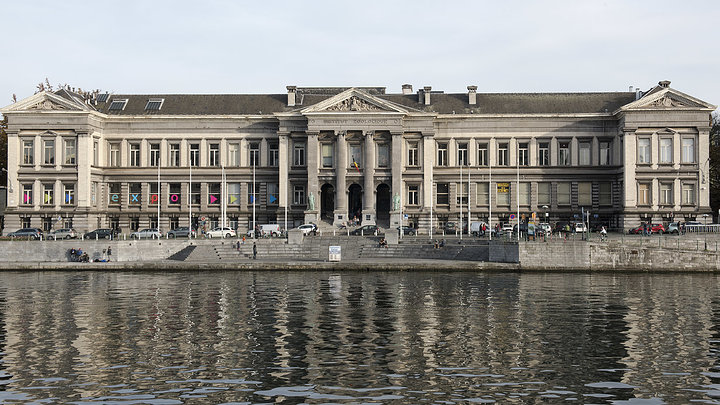 Institut Zoologique
Institut Zoologique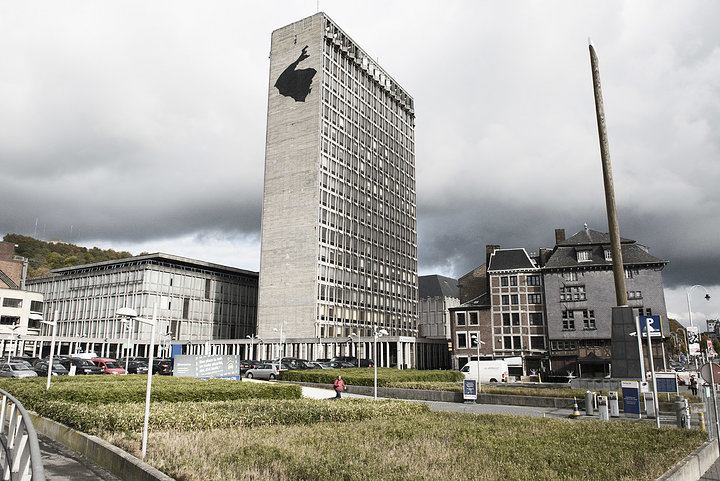 Cite Adminstrative
Cite Adminstrative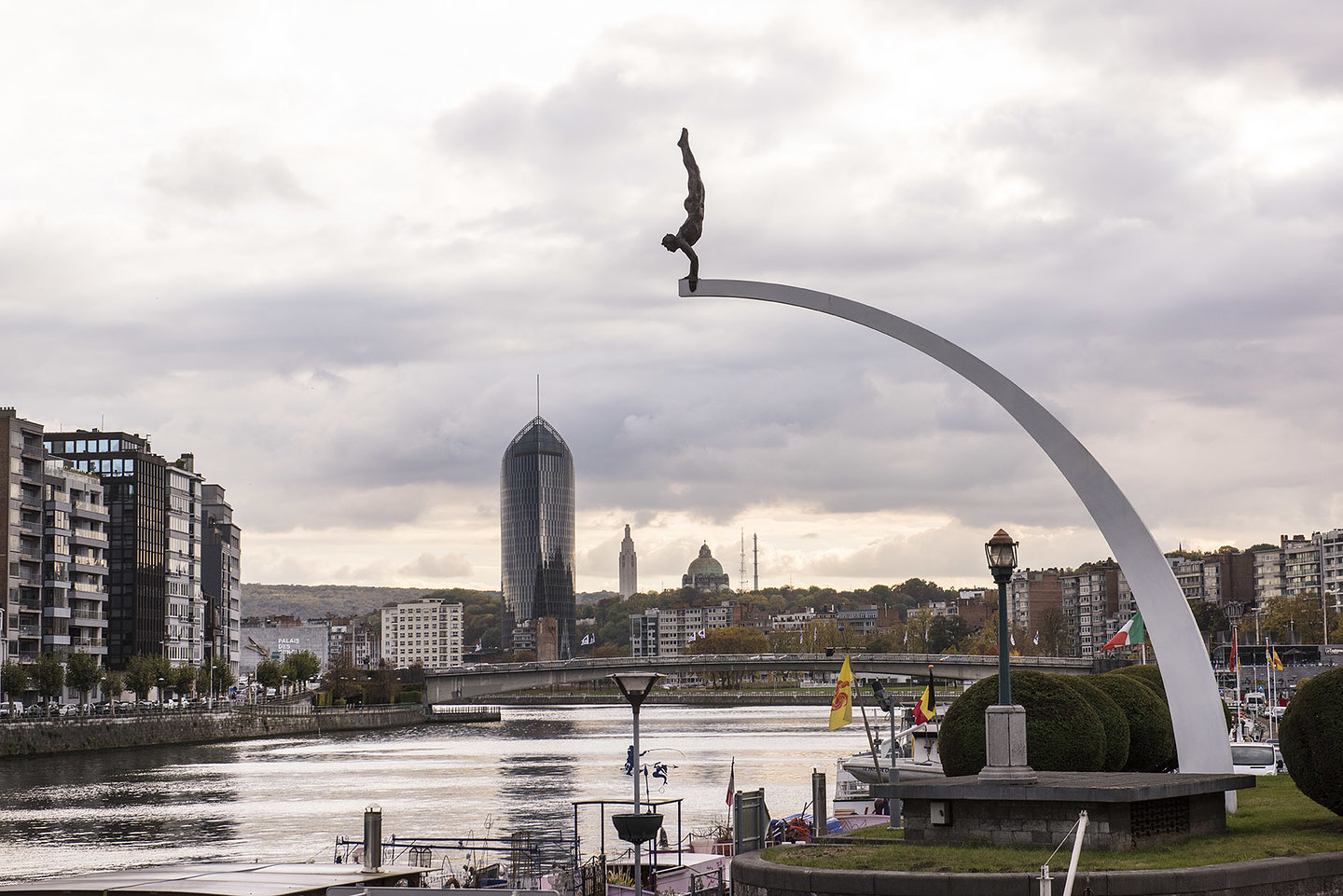 Statue Le Plonguer
Statue Le Plonguer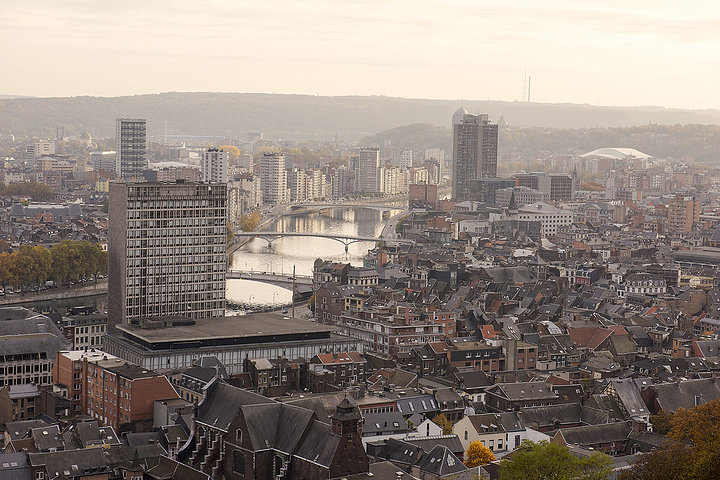 Liege from The Citadelle
Liege from The Citadelle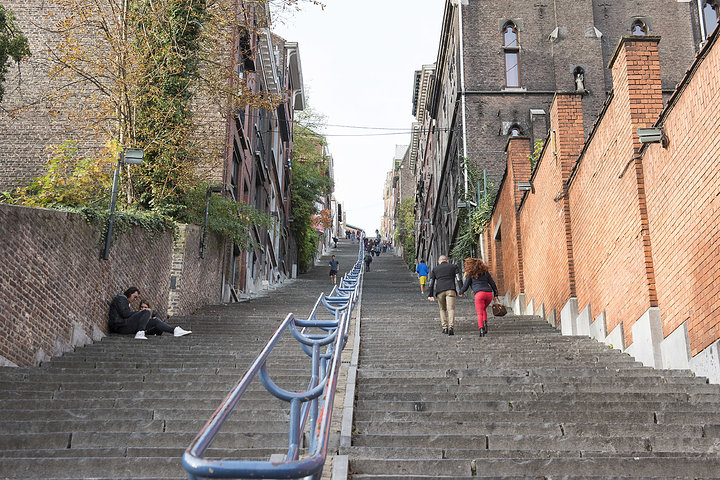 Montagne De Bueren
Montagne De Bueren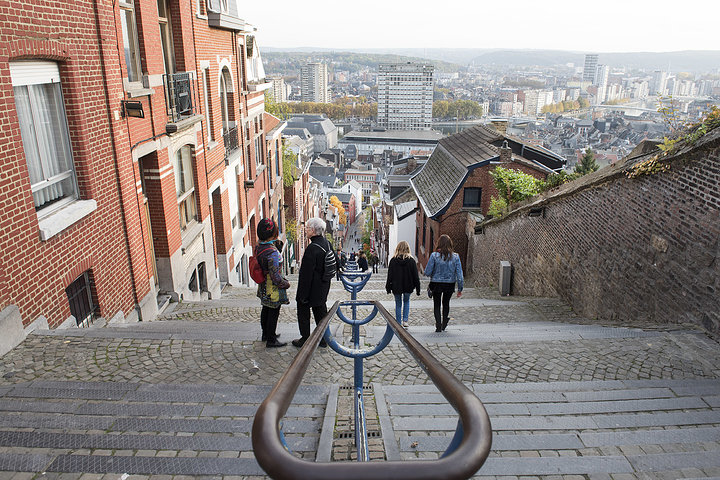
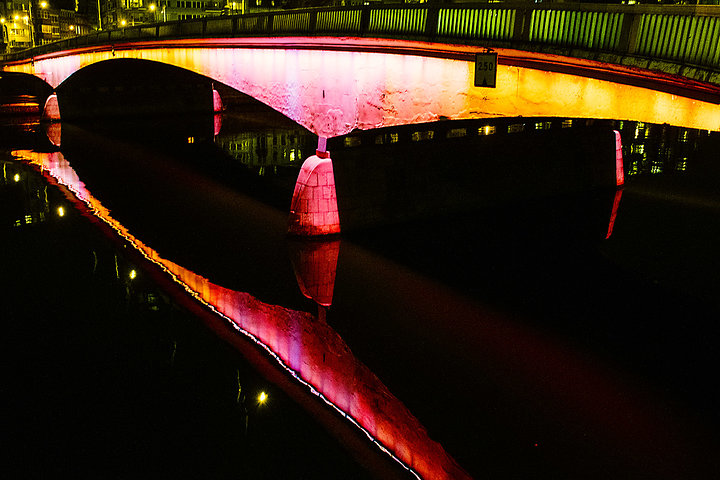 Meuse by night
Meuse by night The Freedom Monument, Riga
The Freedom Monument, Riga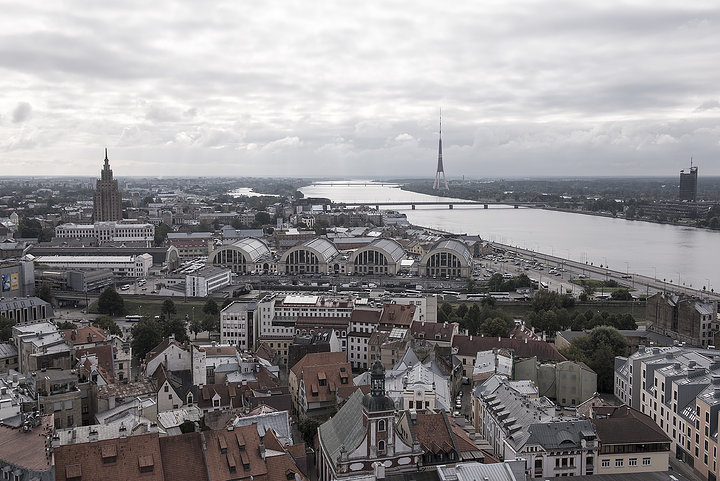 Central Market, River Daugava and Telecom Tower
Central Market, River Daugava and Telecom Tower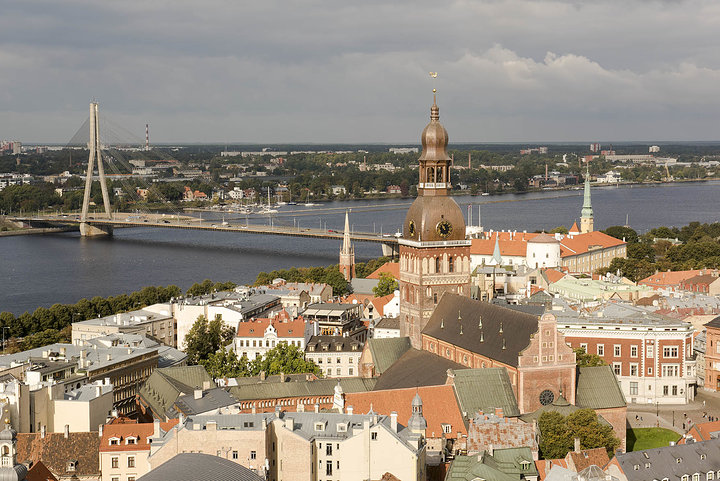 Vansu bridge from St Peters Church Tower
Vansu bridge from St Peters Church Tower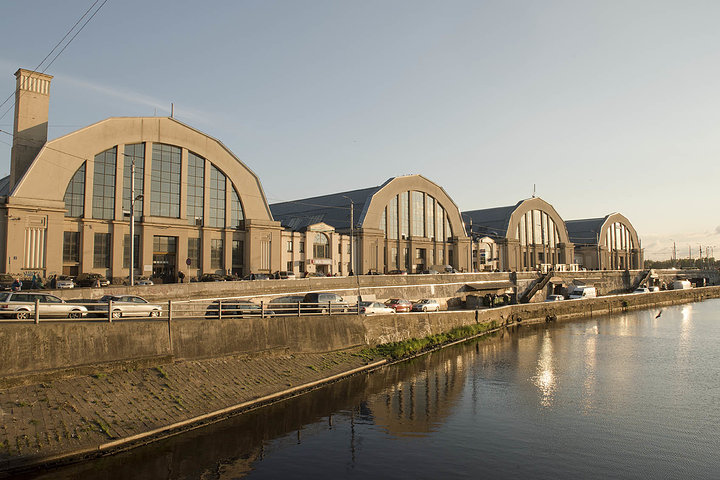 Central Market, Riga.
Central Market, Riga.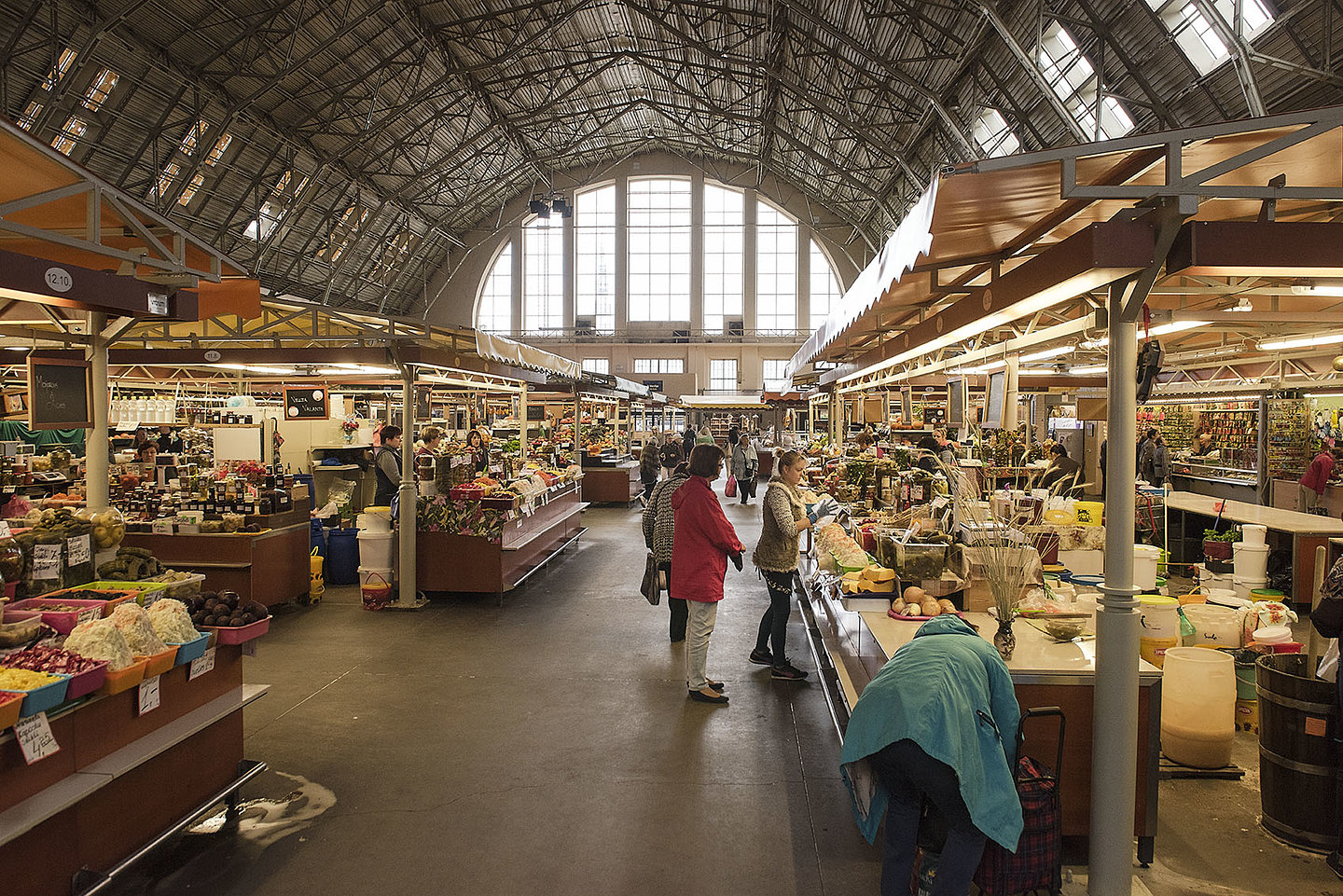 Inside a pavillion at central market
Inside a pavillion at central market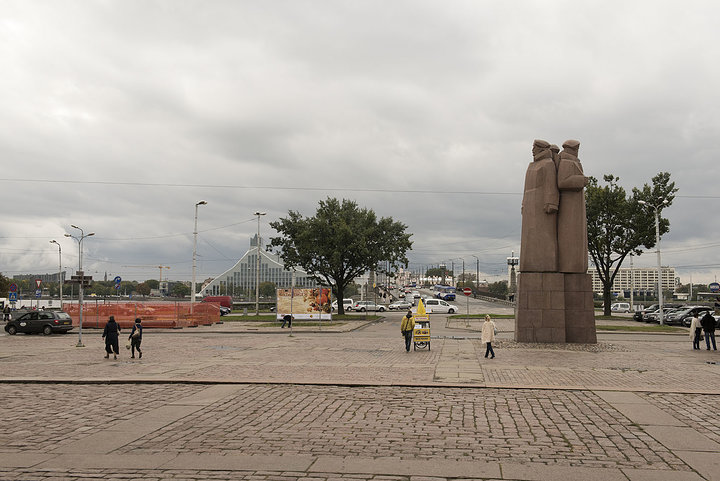 Latvian Riflemen Memorial
Latvian Riflemen Memorial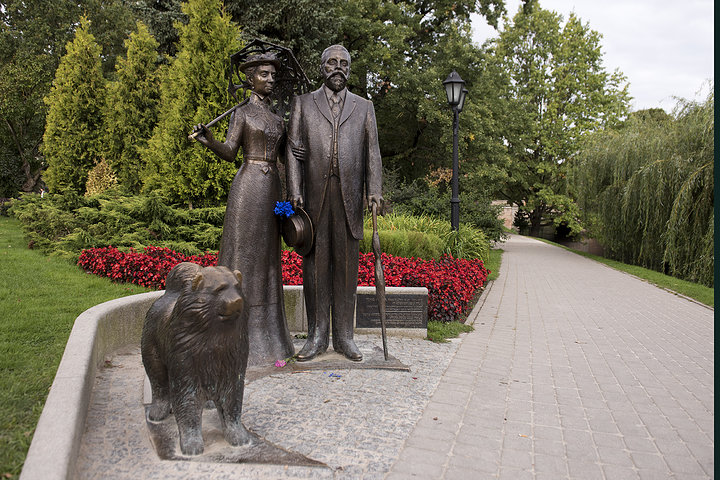 George Armitstead
George Armitstead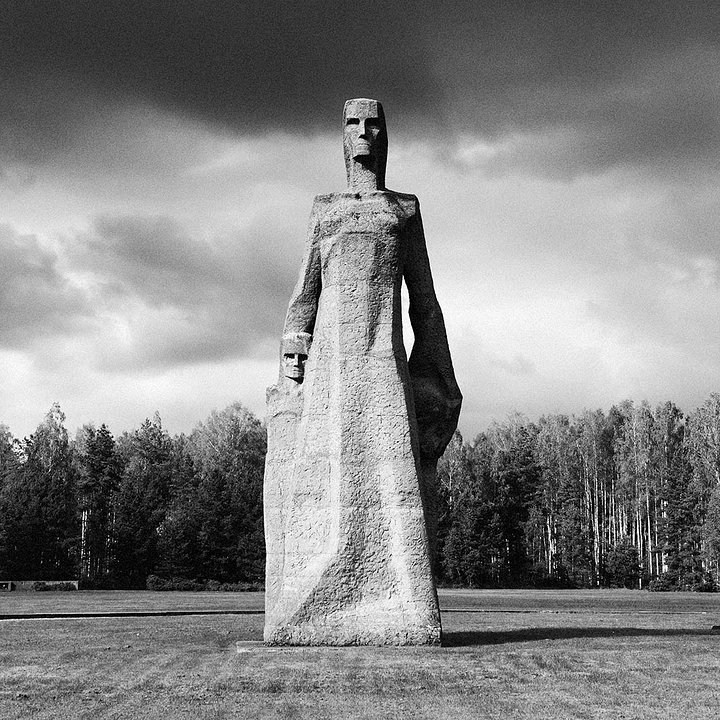 Salaspils Memorial - Mother
Salaspils Memorial - Mother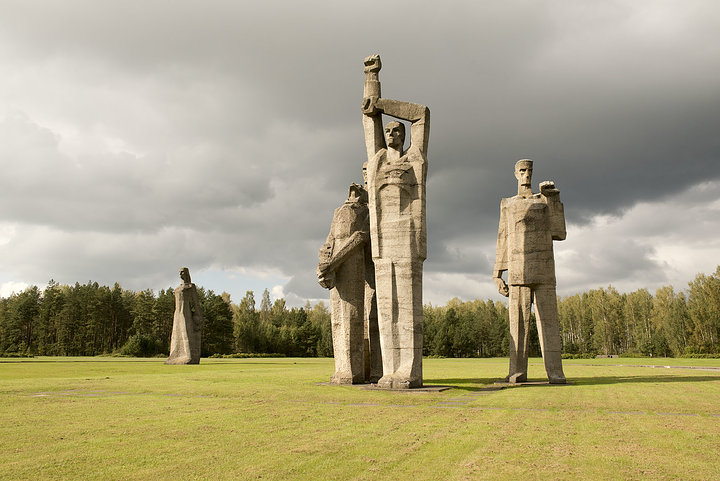 Salaspils - Solidarity
Salaspils - Solidarity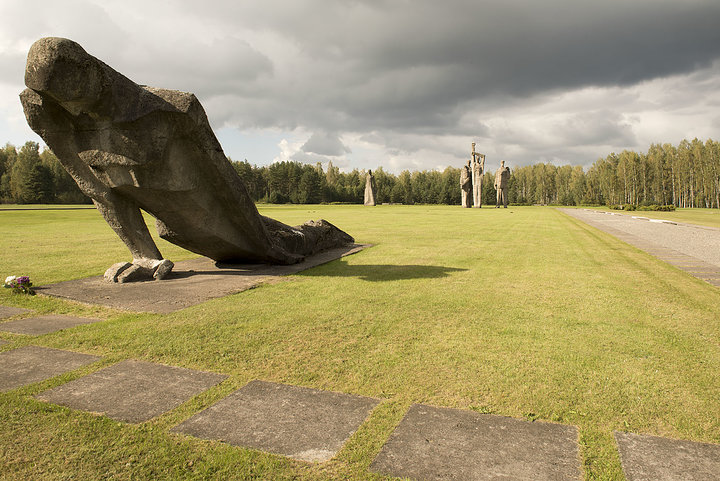 Salaspils - The Humiliated
Salaspils - The Humiliated